Retro Replay Review
Gameplay
Eric the Unready offers a classic text-adventure interface enhanced with simple point-and-click mechanics, striking a clever balance between old-school parser gameplay and graphical interaction. Players navigate Eric through a series of inventory puzzles, dialogue trees, and environmental challenges by selecting verbs and objects or typing commands directly. This hybrid approach keeps interactions fresh: you never know when you’ll need to type in a joke or click through a multiple-choice dialogue to advance the plot.
(HEY YOU!! We hope you enjoy! We try not to run ads. So basically, this is a very expensive hobby running this site. Please consider joining us for updates, forums, and more. Network w/ us to make some cash or friends while retro gaming, and you can win some free retro games for posting. Okay, carry on 👍)
The game encourages experimentation at every turn. Selecting absurd verb-object combinations often elicits hilarious, context-sensitive responses, rewarding players who think outside the box—or in Eric’s case, don’t think at all. Puzzles range from logical inventory cross-matching to timed sequences, and the occasional red herring ensures you won’t simply brute-force your way through. The comedic writing frequently mocks your attempts, turning failures into humor rather than frustration.
Balance is key: puzzles are neither trivially easy nor maddeningly opaque. While some tasks—like retrieving Morgana’s magic mirror or infiltrating her castle—require careful observation and trial-and-error, the overall difficulty curve remains generous. Hints are embedded within Eric’s own inner monologue or the banter of Queen Lulubelle’s corgis, so you’re seldom left completely stuck. This design philosophy complements the game’s self-aware tone without resorting to built-in hint systems.
Replay value stems from the wide array of optional jokes, pop-culture parodies, and alternative dialogue paths. You might choose different insults during a joust or flirt with a dragon, and each choice yields fresh quips or hidden Easter eggs. For completionists, collecting every one-liner or uncovering every secret sequence offers hours of bonus entertainment, making the journey with Eric feel rewarding even after the main plot concludes.
Graphics
Despite its roots in text adventures, Eric the Unready features charming VGA-era graphics that bring the medieval kingdom of Alotria to life. Environments are depicted in bright, cartoonish colors, with detailed backgrounds that set the tone for each location—from the murky swamps outside Morgana’s lair to the opulent halls of King Fudd’s palace. These visuals never aim for realism; instead, they lean into whimsy, matching the game’s humorous narrative style.
Character portraits appear in full-screen mode during key dialogue moments, showcasing exaggerated expressions on Eric, Princess Lorealle, and the villainous Morgana. These still images, though static, are drawn with flair: Morgana’s scheming grin, Lorealle’s noble resolve, and Eric’s perpetually baffled stare all convey personality without animation. The result is a series of memorable faces that stick with you long after you’ve closed the game.
Transitions between text and graphics are seamless. As Eric enters a new area, a brief loading screen is punctuated by witty remarks—sometimes from Eric himself—keeping the player entertained during minor delays. Inventory items are represented by small yet recognizable icons, making object management intuitive. You’ll quickly learn to spot the Jousting Handbook or the Elixir of Transformation in your inventory bar without confusion.
Though modern gamers might find the 2D art style dated by contemporary standards, it exudes a nostalgic charm that complements the game’s parody-driven humor. No high-definition textures or polygon counts are needed here; the visuals serve as a delightful stage for the writing to shine. For anyone with a fondness for retro adventure games, Eric the Unready’s graphics remain a key part of its enduring appeal.
Story
The narrative kicks off with an ancient prophecy: King Fudd the Bewildered is destined to die peacefully only if his daughter, Princess Lorealle the Worthy, stands by his side in his final hour. Cue the wicked stepmother Morgana, who abducts Lorealle to install her own daughter on the throne. In a stroke of comedic brilliance, Morgana manipulates the Union Hall to appoint the most inept knight—our hero, Eric the Unready—for the rescue mission.
From there, the story unfolds as a series of satirical set pieces riffing on medieval tropes and contemporary pop culture. Eric must traverse haunted forests, negotiate with sarcastic dragons, and infiltrate Morgana’s enchanted tower, all while brandishing the wrong handbook at every opportunity. Each chapter incorporates new parodies: spy thrillers, fairy-tale clichés, and even nods to other Sierra classics, ensuring the tale never wears out its welcome.
What sets the narrative apart is its willingness to break the fourth wall. The omniscient narrator often chimes in with snide commentary, and characters will question Eric’s questionable competence in real time. You’ll find meta-jokes about game design, cheeky references to “How to Joust,” and playful jabs at the notion of “collecting three holy grails to advance to Act II.” This self-awareness keeps the storyline lighthearted, even when stakes are ostensibly high.
Ultimately, the story balances humor and heroism. While Eric’s bumbling antics drive most of the laughter, the game does deliver genuine moments of tension and unexpected warmth—particularly in interactions with Princess Lorealle, whose dignity shines even when placed in ridiculous scenarios. By the end, you’re invested in Eric’s bizarre quest, rooting for him to prove that even the most unready knight can save the day.
Overall Experience
Eric the Unready stands as a testament to how clever writing and inventive design can elevate a classic adventure template. Its seamless blend of text commands, point-and-click elements, and full-screen dialogue keeps gameplay varied and engaging from start to finish. Modern players looking for a refreshing change from quick-action titles will appreciate the leisurely pace and thoughtful puzzle structure.
The game’s humor is its greatest asset. Whether you’re chided for attempting to feed a troll a cheese sandwich or commended for accidentally brewing a potion of invisibility, Eric’s quips and narratorial asides sustain a consistently cheerful tone. The parody-driven narrative never feels derivative; instead, it cleverly reinterprets familiar stories and genres for maximum comedic impact.
For newcomers to retro adventures, Eric the Unready offers an accessible entry point, thanks to its forgiving puzzle design and in-game nudges. Veteran enthusiasts will relish the hidden jokes and callbacks to Sierra’s golden age. In both cases, the game rewards curiosity and patience, inviting you to savor every comedic twist rather than rush to the conclusion.
In sum, Eric the Unready remains a delightful relic of 1990s adventure gaming. Its combination of witty storytelling, nostalgic graphics, and engaging gameplay makes it a must-play for fans of humorous, puzzle-driven experiences. Whether you’re a die-hard adventurer or a casual gamer seeking a hearty laugh, Eric’s unready quest is one journey you won’t soon forget.
 Retro Replay Retro Replay gaming reviews, news, emulation, geek stuff and more!
Retro Replay Retro Replay gaming reviews, news, emulation, geek stuff and more!
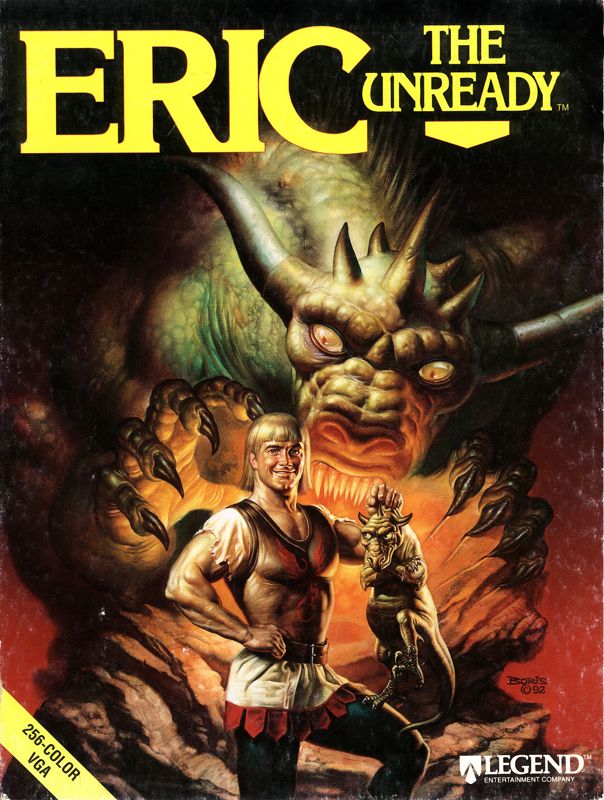

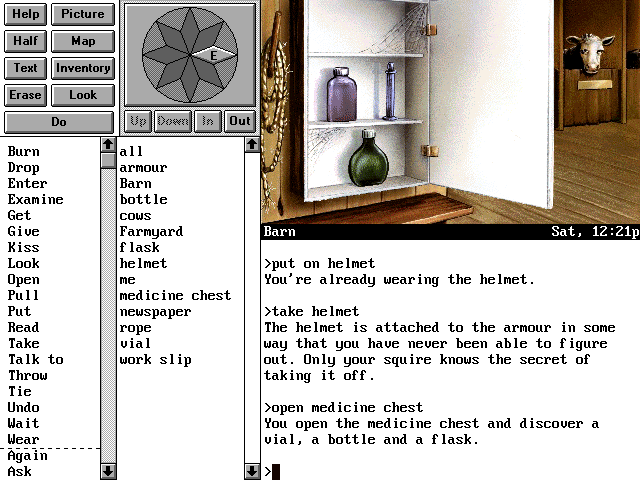
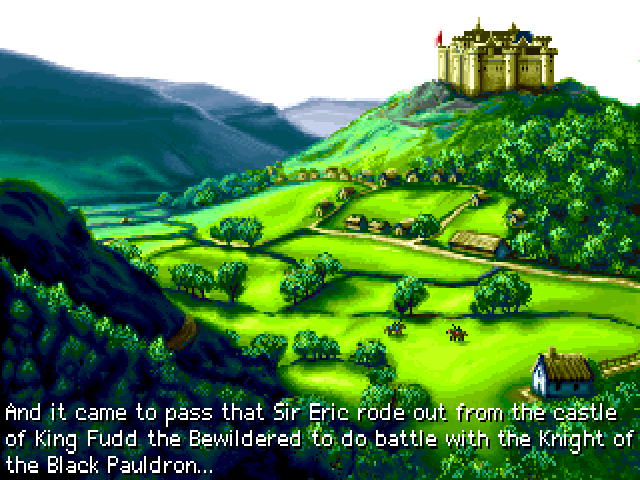
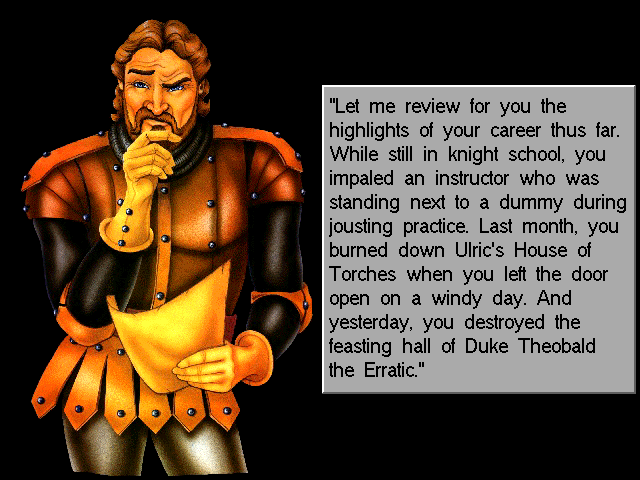
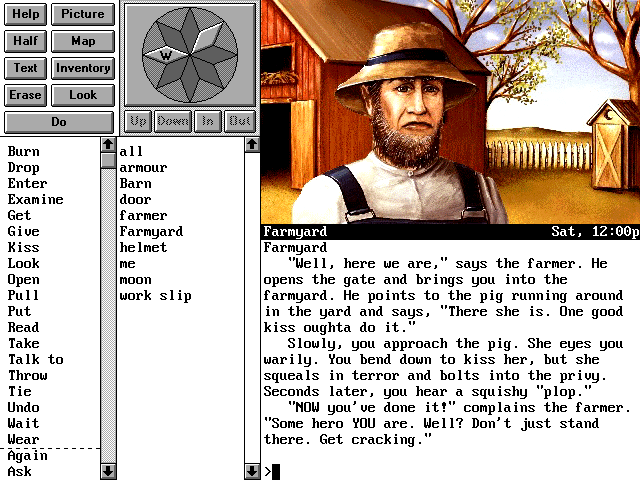



Reviews
There are no reviews yet.